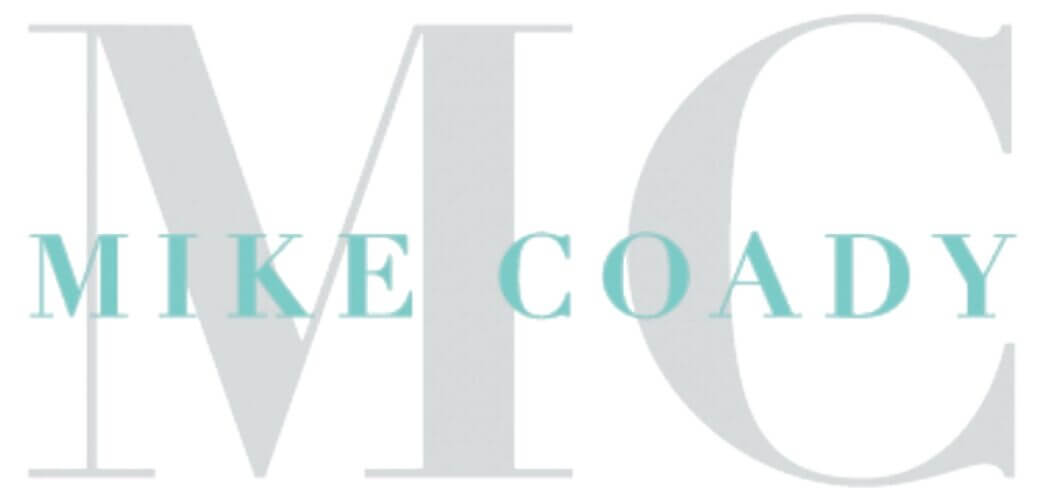

Home What will 6th April mean for your pension?


What will 6th April mean for your pension?


On 6th April 2014, the lifetime allowance (LTA), which came into effect in 2006, is set to drop, which means retirees could see a large proportion, potentially over half, of their retirement savings taken away if they are in breach of it. This could have a crippling effect on retirement plans and enforce an unwanted change of lifestyle.
Currently the LTA sits at £1,500,000, but this is reducing to £1,250,000 in April this year. Pensioners may well be facing a massive tax charge on their retirement lump sum ‘out of the blue’, which could, in effect, permanently destroy their golden years.
Here we at deVere take a look at what will happen to your pension from 6th April.
What will the 6th April 2014 mean to you?
A number of my blogs over the past couple of months have heavily featured pensions. Pensions are extremely important to people’s lives as they are what ‘hopefully’ will provide for the longest holiday of their lives. What you do now or have already done shall determine the type of holiday you have.
There are many people out there who have been lucky enough to have been members of an employer defined benefit scheme (final salary scheme) building up very comfortable retirement incomes. Many more will have built up large defined contribution pensions.
This is why there are many people out there who have very large pension assets from one or more sources. This is great and means those people have been really successful in prudently putting money aside to fund a comfortable, enjoyable ‘longest holiday’.
Given all the hard work and time spent building these benefits the last thing they want is to be hit by a huge tax charge when they begin to draw their pensions. This is what could happen for those that don’t take the time to engage and review their pensions. There are many that are blissfully unaware they are about to breach the lifetime allowance (LTA) and potentially incur a huge 55% tax charge. This is why we no longer call lump sum at retirement, tax free cash, because in some cases the lump sum is indeed taxed.
So what is the LTA?
The pensions LTA was brought about on the 6th April 2006. The aim of the LTA has primarily been viewed as a way of limiting the amount of tax privileged benefits an individual can build up within their pension. This is because contributions to pensions result in tax reliefs which boost the amount that is paid in and for higher rate tax payers can mean a large tax rebate via their self-assessment. A pension also grows almost free of tax in the same way an ISA does. This is why the Government wants to recover part of that tax when they feel someone has benefited too much from its tax efficient status.
The LTA was originally set at £1,500,000 when it was first introduced. It then rose each tax year at one point reaching £1,800,000 in 2010/11. It was then announced the LTA would reduce to £1,500,000 where it has now remained for nearly two years however it is now set to fall once more to £1,250,000 in April this year (the 2014/15 tax year).
This may seem like a huge amount of money, especially for somebody in a defined benefit pension scheme who may have only ever viewed their pension as an annual income. What people don’t understand is the income needs to be capitalised in order for the pension to test its value against the LTA. This is achieved by multiplying the income by 20 and adding in any additional pension commencement lump sums. This means those with defined benefit pensions of £62,500 or more are likely to be over the LTA. If the LTA continues to fall further or even be held at its current level earnings inflation could soon mean those close to LTA could soon breach it.
There are many people with defined contribution schemes that think it won’t affect them because their pensions are still some way off the £1,250,000 mark. However, what many don’t know is the death in service lump sum they could receive on death forms part of the LTA too. With death in service lump sums ordinarily set at 3 or 4 x salary an income of £100,000 all of a sudden will use up £300-400,000 of the LTA. This means those people need to get to grips with the implications of the LTA charge and its impact on what is left to their loved ones.
The LTA charge
If the pension benefits value when taken exceeds the LTA the difference between the two is subject to the LTA charge.
The LTA charge can be applied in either of two ways or a combination of both depending on how the excess benefits value above the LTA is taken.
The charge is:
- 55% if taken as a lump sum, or
- 25% if taken as income PLUS income tax on the residual at the highest marginal rate. A higher rate tax payer will pay the equivalent of 55% on the total amount.
Members who decide to take their benefits in stages (more commonly referred to as phased retirement) will find that they will use up a proportion of the LTA in force each time benefits are taken. Effective planning in this way will delay and possibly even ensure the tax charge is never applied. A good adviser will help clients to plan in this way.
When somebody takes some of their benefits this is known as a ‘benefit crystallisation event’ BCE. Anyone taking their benefits either in full or in stages will have one or more benefit crystallisation events.
Let’s have a look at a few examples of how the LTA works in practice:
Excess benefits taken as cash
Tom reached his normal retirement date on the 1st February 2014 and had total pension benefits of £2,500,000. If he had taken all of his benefits (including benefits above the LTA as cash), he had not protected his benefits value and had a tax-free lump sum (TFC) entitlement of 25% of the benefits value, the LTA charge would have been as follows:


Excess benefits taken as income
Harold reached his normal retirement date on the 13th February 2014 and had a benefits value of £2,500,000. If he had taken all his benefits (including benefits above the LTA as income), he had not protected his benefits and had a TFC of entitlement of 25% of the benefits value, the LTA charge that would have applied is as follows:




In reality part of the income would likely be taxable at the basic rate making taking the excess as income potentially more tax efficient.
Can I reduce how much tax I will pay?
This is a very important and valuable question which we have been getting asked a lot recently especially with the impending fall in the LTA due on the 6th April, less than two months away. I will be tackling a number of the options available in my next blog so be sure to have a read because it could be the difference between you having a six-figure tax bill, or not.
If you’ve worked hard all your life and saved up a comfortable nest egg to enable you to enjoy a comparable, or even better lifestyle in retirement, being slapped with a potential 55% LTA tax could be devastating. Check back here again soon for more information on how to protect your retirement funds from changing economic realities.
Related
You May Also Like


Choosing the right school for your Children
The UAE, particularly Dubai and Abu Dhabi, offers a multitude of educational opportunities for children, with a diverse...


A fortnightly look at global financial markets – 25 October 2016
The following is a detailed commentary and analysis from deVere Group’s International Investment Strategist, Tom Elliot regarding: Is...


Family Wealth Manager praises mentoring at Stapleford Park
When Albert Einstein said: “The only source of knowledge is experience” I believe he wasn’t too far away...
DISCLOSURE:
mikecoady.com, the website, does not provide financial, investment or tax advice. It is specially designed to provide its users with general information. It does not give individual or specific advice on which products or services are the most appropriate for an individual’s particular circumstances. We may from time to time publish content on this site that has been created by affiliated or unaffiliated contributors.




